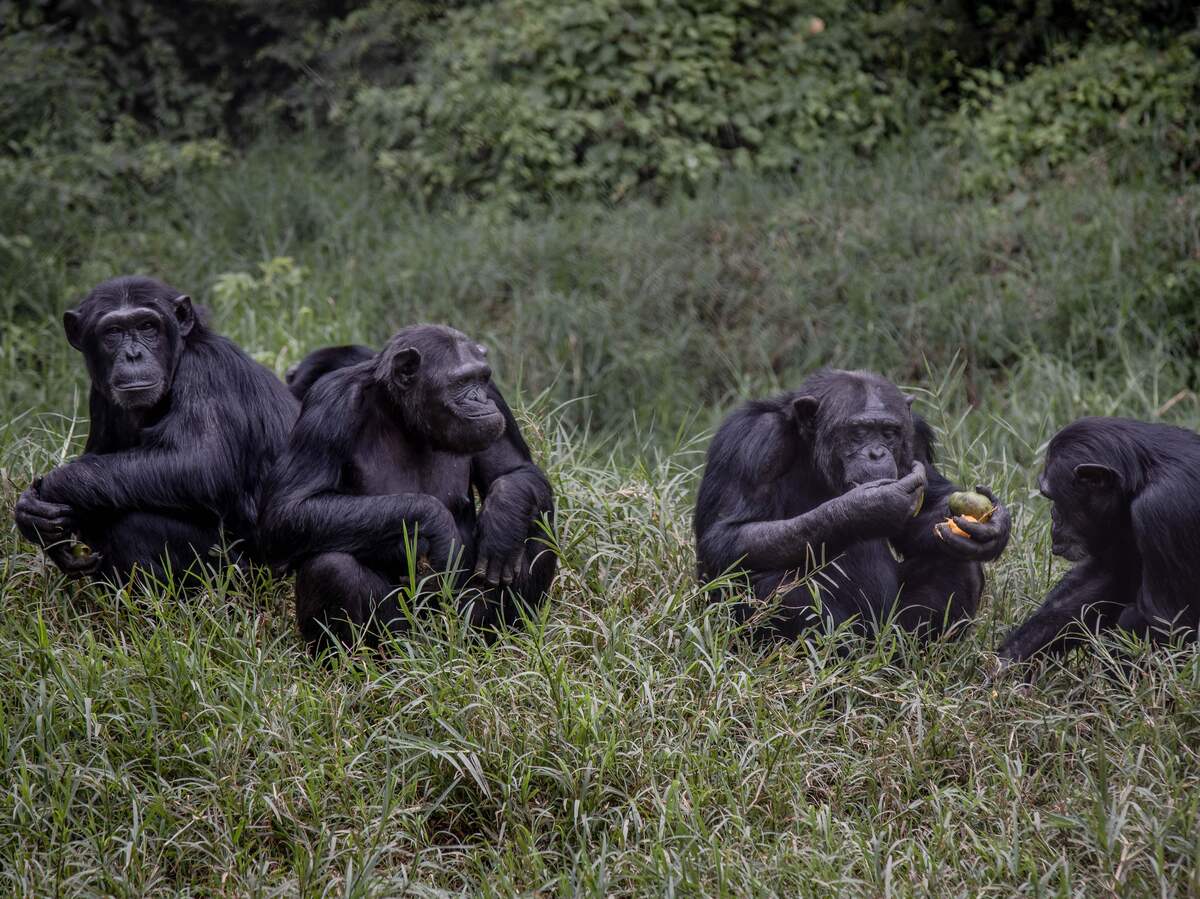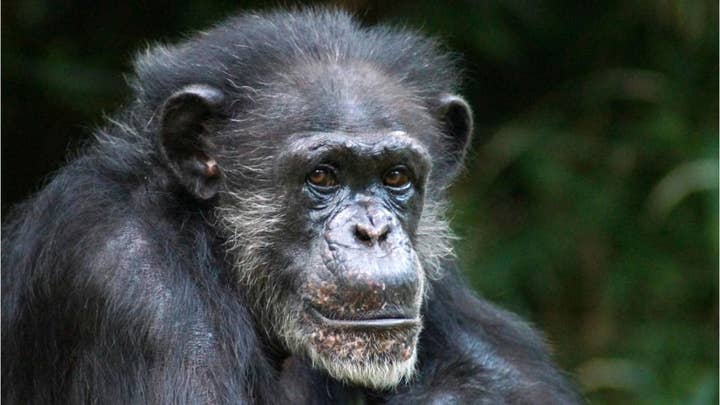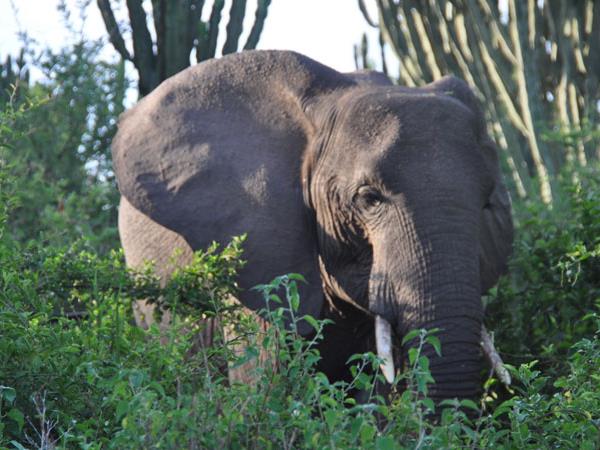

The nomenclature, taxonomy, and distribution of chimpanzees. The case of the pygmy gorilla: a cautionary tale for cryptozoology. American Museum of Natural History, New York. A review of the primates, volume III: Anthropoidea (Miopithecus to Pan ). University of California Press, Berkeley.Įlliot, D. Zihlman's 'pygmy chimpanzee hypothesis'ĭe Waal, F.The Cultured Ape, and Attenborough on gorillas.Chinese black rhinos and deinotheres, giant sengis, and yet more new lemurs.When I grow up, I want to be a functional anatomist: functional anatomy part III.Bipedal orangs, gait of a dinosaur, and new-look Ichthyostega: exciting times in functional anatomy part I.Incidentally, if you're wondering how the 'Bili apes' of DRC fit into all this, see the previous Tet Zoo comment here.įor previous Tet Zoo articles on apes and other primates see. Could individuals like the Yaounde Zoo animal shown above really be hybrids? I don't know: opinions gratefully received. Having said all that, the possibility that some 'kooloo-kambas' or kooloo-kamba-like apes really were or are hybrids, or new taxa, does still exist. Various other controversial African apes - most notably the Pygmy gorilla Pseudogorilla mayéma (see Groves 1985) - also tell us more about our poor understanding of variation, and don't necessarily point to the presence of additional distinct taxa. Indeed, Shea (1984) concluded that the 'kooloo-kambas' present in osteological collections are either large male chimps, or small female gorillas. Chimps of some populations, for example, are larger, darker-skinned, and superficially more 'gorilla-like' than many of the chimps first brought back to Europe, but this doesn't mean that such animals are hybrids, or intermediates. It does now seem that the kooloo-kambas of the older literature reflect the fact that both gorillas and (especially) chimps are more variable in facial anatomy, body size and overall appearance than many primatologists were once willing to accept. paniscus (see de Waal 1997), in which case at least some 'kooloo-kambas' were definitely not gorilla-chimp hybrids or intermediates at all. It has most recently been argued that 'Mafuca' was a Bonobo P.

Some mammalogists said that they were gorillas, others than they were chimps, and others said that they were hybrids, or intermediates (see Shea (1984) and references therein). There's a substantial literature on these animals. Supposedly, several individuals were kept in captivity during the late 1800s and ealy 1900s, including 'Mafuca' of the Dresden Zoological Garden, and 'Johanna' of Barnum and Bailey's circus collection.

While Hill regarded the kooloo-kamba as a distinctive chimp subspecies, previous authors regarded it as a distinct species somehow 'intermediate' between chimps and gorillas, or as the product of gorilla-chimp hybridisation. It was thought to inhabit Cameroon, Gabon and the former French Congo, and to live alongside chimps of the nominate subspecies (Hill 1967, 1969).

It also lives singly or in small groups, rather than in large troops. kooloo-kamba has a gorilla-like nose, 'an extremely prognathic face', an entirely black face, and small, black ears. Osman Hill was supporting the distinction of this form (as a Pan troglodytes subspecies) as recently as the late 1960s (Hill 1967, 1969). Apparently little known is that there is a long history of debate over the existence of an alleged gorilla-like chimpanzee, known as the kooloo-kamba (an onomatopoeic reference to its call). I can't help but get this impression too, mostly because the eyes look gorilla-like while the rest of the animal is obviously chimp-like. Jenkins and Gadsby thought that the animal might be a gorilla-chimp hybrid. It was later published in issue 100 of Fortean Times. I finally got round to digging out and scanning the only photo of the animal I've seen: it was taken by Peter Jenkins and Liza Gadsby and first appeared in the November 1996 issue of the Newsletter of the Internal Primate Protection League (IPPL). We've had reason now and again to mention the unusual ape photographed at Yaounde Zoo (in Cameroon) a few times.


 0 kommentar(er)
0 kommentar(er)
